Finisar, a manufacturer of vertical-cavity surface-emitting lasers (VCSEL) thought to be supplying hardware to Apple, on Thursday said it was forced to push shipments out to October due to a problem with current production units, though the delay is not predicted to impact "iPhone 8."
Detailed by Loup Ventures analyst Gene Munster, Finisar's component delay is expected to be short lived and should not materially impact significant customer launches, one of which is thought to be Apple's "iPhone 8."
In a conference call covering its most recent fiscal quarter, Finisar said it experienced a delay in customer approval for VCSEL production units. While the exact issue and customer in question were left unmentioned, the firm anticipates the problem will be resolved by the end of October.
If Finisar's estimates are accurate, Munster believes the component delay will not affect Apple's "iPhone 8" launch. However, with already constrained supply from another VCSEL supplier, Lumentum, future availability of the as-yet-unannounced smartphone might be impacted if Finisar is unable to meet its October promise.
Loup Ventures and other industry analysts believe Lumentum is responsible for a bulk of Apple's VCSEL orders. Munster puts the number at 75 to 80 percent, extrapolating from the firm's announcement of a $200 million order last quarter, a massive figure that could only be attributed to a major player like Apple.
VCSEL arrays are a key component in a facial recognition solution Apple is widely rumored to debut in its next-generation handset. Combined with advanced computer algorithms, the system calculates distance to a target using light pulses and time of flight (TOF) measurements, allowing for extremely accurate depth mapping capabilities.
As it applies to iPhone, Apple is expected to leverage depth-sensing tech for user identification and authentication, as well as certain secure features like Apple Pay.
On a macro level, Apple's ability to secure a majority of laser component orders from Lumentum and Finisar basically guarantee iPhone a competitive edge in 3D sensing technology, at least for the foreseeable future.
News of the potential VCSEL component delay comes on the heels of more intractable problems related to OLED supply. A number of recent reports claim Apple will likely stagger the launch of its upcoming iPhone models, with the flagship OLED version — with 3D sensing cameras, full-face display and other exotic hardware — predicted to ship after a revamped iPhone 7 series hits stores later this month. Current speculation pegs October as a likely window for the high-end model to begin shipping.
Munster expects Apple to ship 133 million iPhones during the second half of 2017, 43 percent of which will be "iPhone 8" units with 3D sensing hardware. That figure will increase to 239 million iPhones and 67 percent, respectively, in 2018, the analyst says.
 Mikey Campbell
Mikey Campbell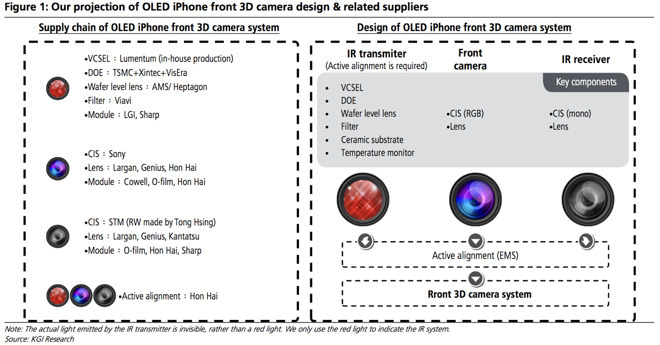
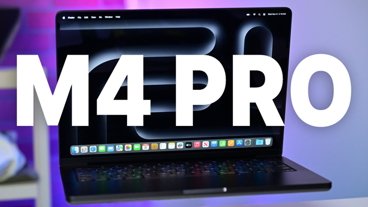
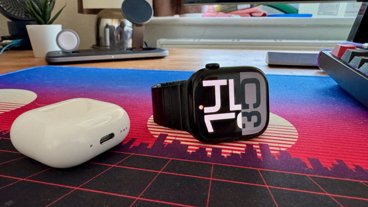
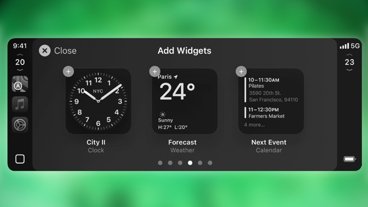
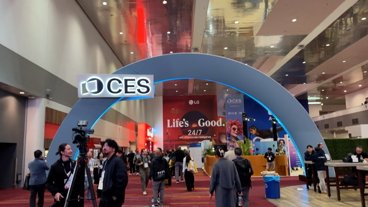

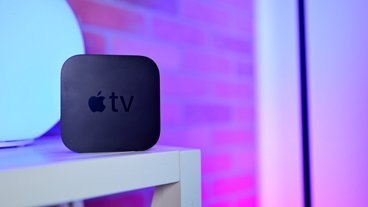
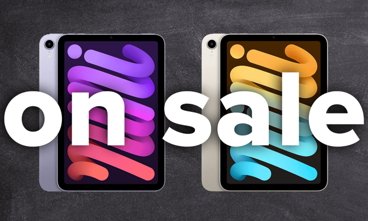
-m.jpg)





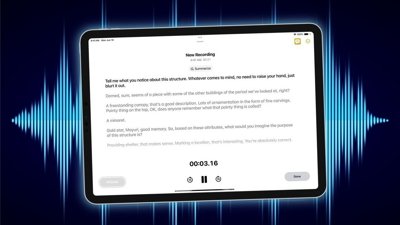
 Charles Martin
Charles Martin
 Wesley Hilliard
Wesley Hilliard
 Amber Neely
Amber Neely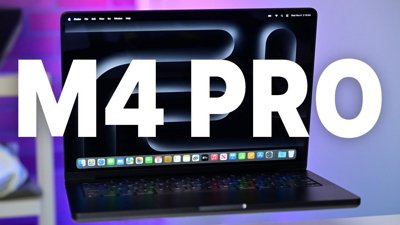
 Christine McKee
Christine McKee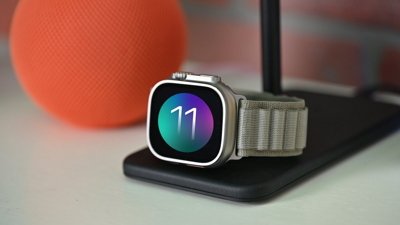
 Marko Zivkovic
Marko Zivkovic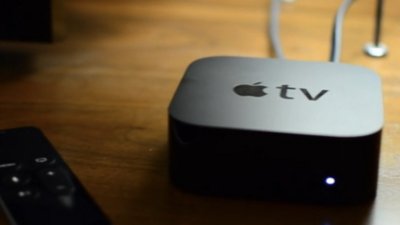
 Malcolm Owen
Malcolm Owen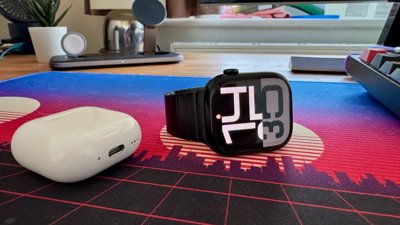
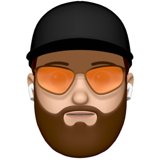 Oliver Haslam
Oliver Haslam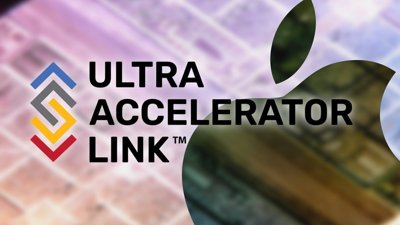
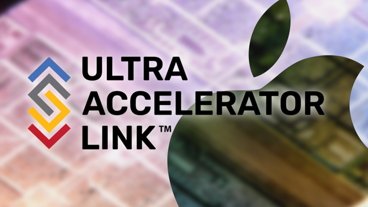





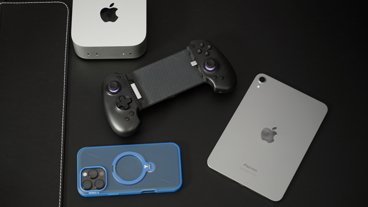

3 Comments
Short sellers doing their every best.
@Marvin - "There's an example of what can be done with 3D sensing with Sony's new XPeria phone...." Awesome comment Marvin! One of the best ever. The use of the technology in movies (Fast & Furious 7) makes it crystal clear what Apple is doing with computational photography.